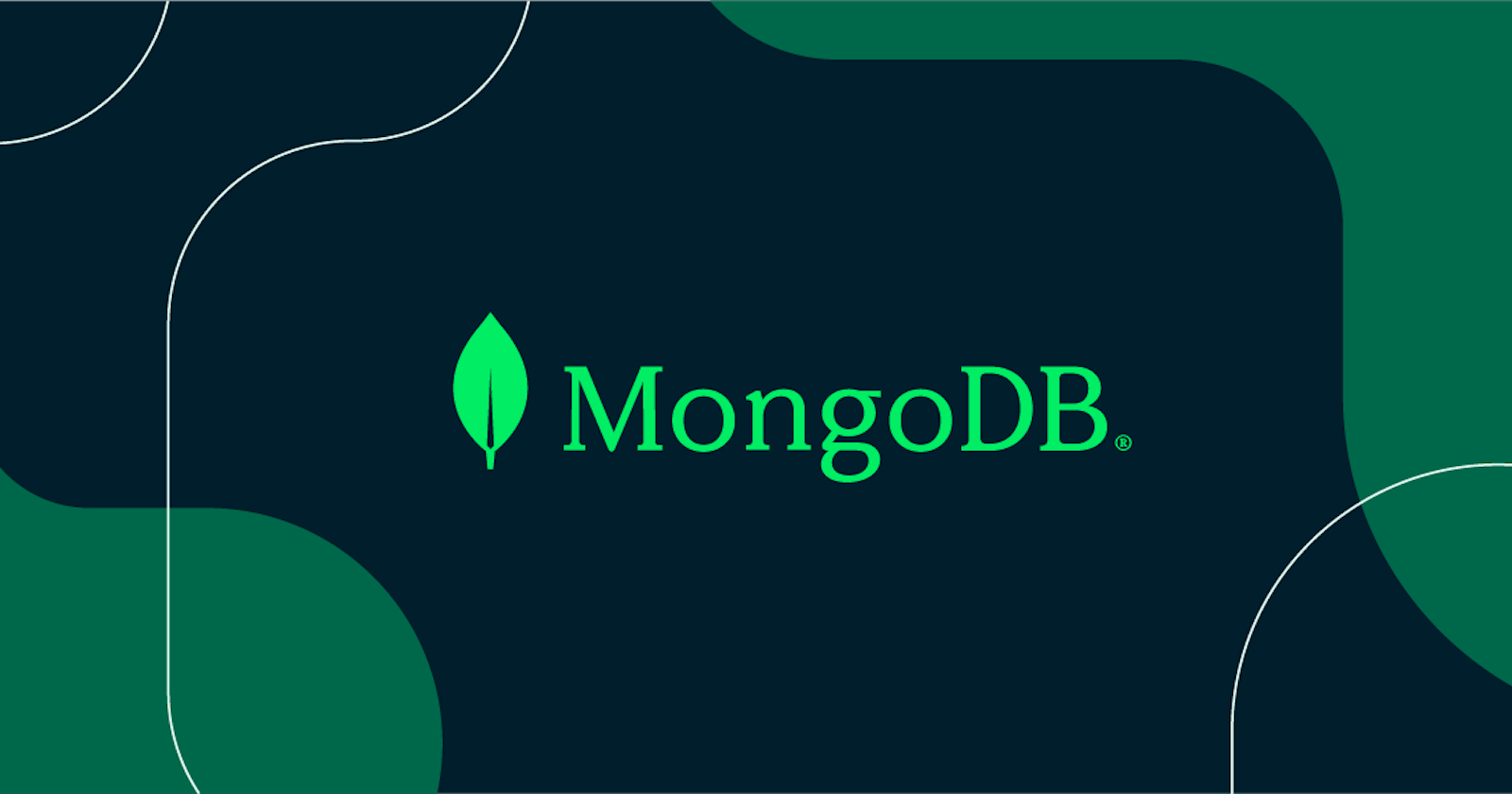Table of contents
What is MongoDB?
MongoDB is a popular and powerful database management system that is known for its flexibility and scalability. It is a document-oriented database, which means that it stores data in documents that are organized into collections. This makes it easy to work with data that has a complex structure, and it allows for easy and fast access to the data.
MongoDB is a free and open-source cross-platform document-oriented database program. It is classified as a NoSQL database program, meaning that it does not use the traditional SQL relational database management system. Instead, it uses JSON-like documents with optional schemas.
MongoDB was developed by MongoDB Inc. and is published under a combination of the GNU Affero General Public License and the Apache License. It is written in C++, Go, JavaScript, and Python.
One of the key features of MongoDB is its support for indexing, which allows for fast and efficient querying of data. It also supports a wide range of query operators, which can be used to filter and manipulate data in a variety of ways. In addition, MongoDB supports aggregation pipelines, which can be used to perform complex data analysis tasks.
Another key feature of MongoDB is its support for horizontal scaling, which allows it to easily and seamlessly handle large amounts of data. This is accomplished through a technique called sharding, which involves dividing the data across multiple servers. This allows the database to distribute the workload and improve performance.
MongoDB is also known for its strong security features. It supports a wide range of authentication mechanisms, including username and password, LDAP, and Kerberos, among others. It also supports the encryption of data both in transit and at rest, which helps to protect sensitive information.
Overall, MongoDB is a powerful and flexible database program that is well-suited for a wide range of applications. Its ease of use, scalability, and support for secondary indexes make it an attractive choice for developers and organizations looking to manage and analyze large amounts of data.
